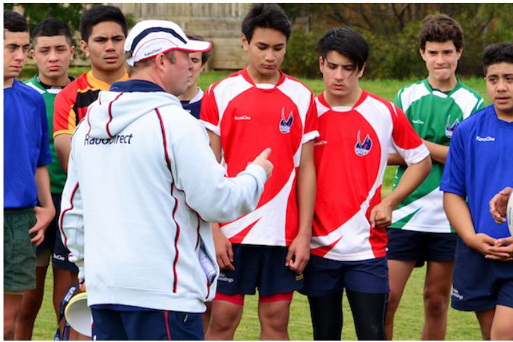Will the Junior Gold Cup help the clubland teenager?
That should be one of the main aims of it.
In the two big rugby homeland states, Queensland and NSW, teenage rugby union is schools-based, unlike the league code, which is club-based.
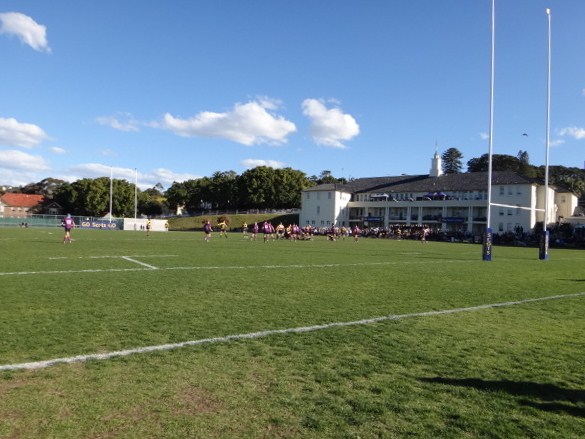
The private rugby schools, despite genteel denials to the contrary, offer scholarships to the best club rugby union teenagers, fully or in part. Other boys go there for their last two years of education because their parents can’t afford to pay at that level for every year of high school.
These private schools players get locked into playing rugby union until they leave school and they get top coaching, and appropriate strength and conditioning.
Teenagers who don’t go to these rugby private schools find themselves in a clubland that is shrinking more and more the older they get.
Some are lucky to find a local club to play for—there aren’t a lot of Under 17 club sides, and Under 18 teams are rare. Some club lads who want to play fall between the cracks (there are other things to do at that age) and this makes the problem worse.
But the Junior Gold system will offer clubland boys a few months exposure to what the private schoolboys get on a regular basis, and this year they will have a competition as well.
Some of the private schools have discouraged their stars from participating in the Junior Gold programme in the past, or for certain periods, but if that makes room in the JGC for more clubland players, or for developing schools’ non-stars, all the better. But maybe it won’t be a problem now because it is being held so early.
According to Sam Phanpho, Communications Coordinator of the ARU:
There should be no reason for schools to object, as we have modified training loads to limit clashes with summer sports.
Will the Junior Gold Cup competition rationalise anything?
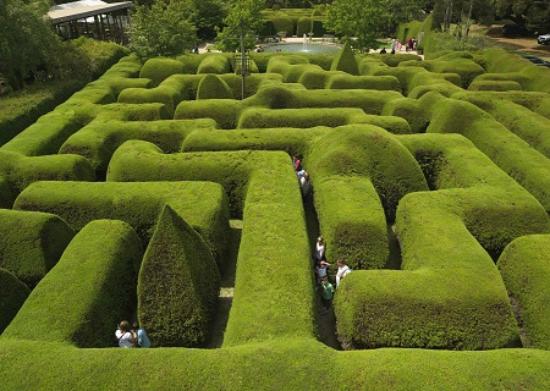
There are already layers upon layers of representative games for boys in the two big rugby states, for all age groups. Some are driven by the junior unions and others by the school associations such as the GPS in Sydney and Queensland, culminating in National Schools Under 16 and Under 18 Championships.
Now there will be ARU driven national JGC competitions in the intermediate Under 15 and Under 17 years, though they will, at least, be held so early that they do not interfere with schools and junior union rugby, which starts later.
The hodgepodge of rugby competitions for teenagers, and the factions that organise them, need a strong hand and some would say, a rugby bulldozer, to drive through the maze to get a rational system for all the teenage years up to Under 20s, as they have in other countries.
The different avenues of rugby for young rugby players, are confusing to families in NSW and Queensland, and expensive if more than one is pursued.
The Junior Gold Cup programme will cost families over $600, though the ARU will consider cases of hardship—and local sponsorship could lower the levy if rugby communities hustle.
How could the Junior Gold Cup competition programme evolve to help?
Rugby people want the JGC system to work and do more than what it appears it will do at first look. They know that it’s the first year of a new competition model that needs fine-tuning, and they are already aware that there are a few things that need improving.
And a programme is needed for girls also.
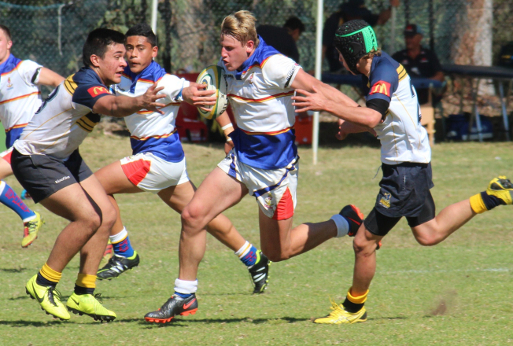
It is pleasing to see the ARU trying something new but the best thing they could do is to change the JGC Under 17 competition to use as a genuine winter-long alternative to the private school system for teen players in clubland, or even for those in the weaker school associations. It should not just be something from November through to March.
Alternatively, after the JGC final in April, they could use the concept separately in clubland for Under 17s in the two big rugby cities, because that is where the significant numbers of dropouts are.
Brisbane and Sydney lads outside of the strong rugby schools who missed out on selection in the four city Under 17 teams in each state could be added back to form four sides for a Gold-type club competition, starting in April.
If there is enough interest there could be more teams; if not, just have more rounds. This may stop some city Under 17 clubland players from disappearing because they have nowhere to play.
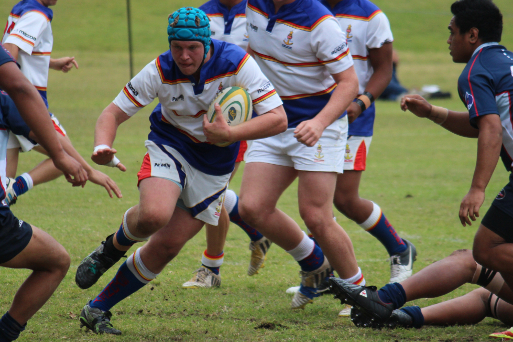
Call that Year One for these club teenagers. In Year Two these boys will be handed over to a club Colts team to play in a new Under 19 competition—even though they are still at school and are Under 18s. Mind you, even Colts’ rugby. is not in great shape anymore.
In Year Three they will play their second year in Under 19s Colts, or be promoted higher in Colts, and be joined by school leavers from the private schools. In Year Four the best of all the Under 19s from Year Three will try out for the Queensland or NSW Under 20 teams competing in the new National Under 20 competition.
That’s a pathway, not a maze, and it may keep some Under 17 big city boys in the game.
Photo credits: Anderson (Allan Reinikka), McGahan (Rebels), Other (Lee Grant)
See New Aussie Competitions: Part II — National Under 20 Competition.
See New Aussie Competitions: Part III — National Rugby Championship.
We are a fan run website, we appreciate your support.
💬 Have you got a news article suggestion? Submit a story and have your say
👀 Follow us on Facebook, Instagram and X.com
🎵 Listen to our Podcasts on Spotify and iTunes
🎥 Watch our Podcasts on YouTube

